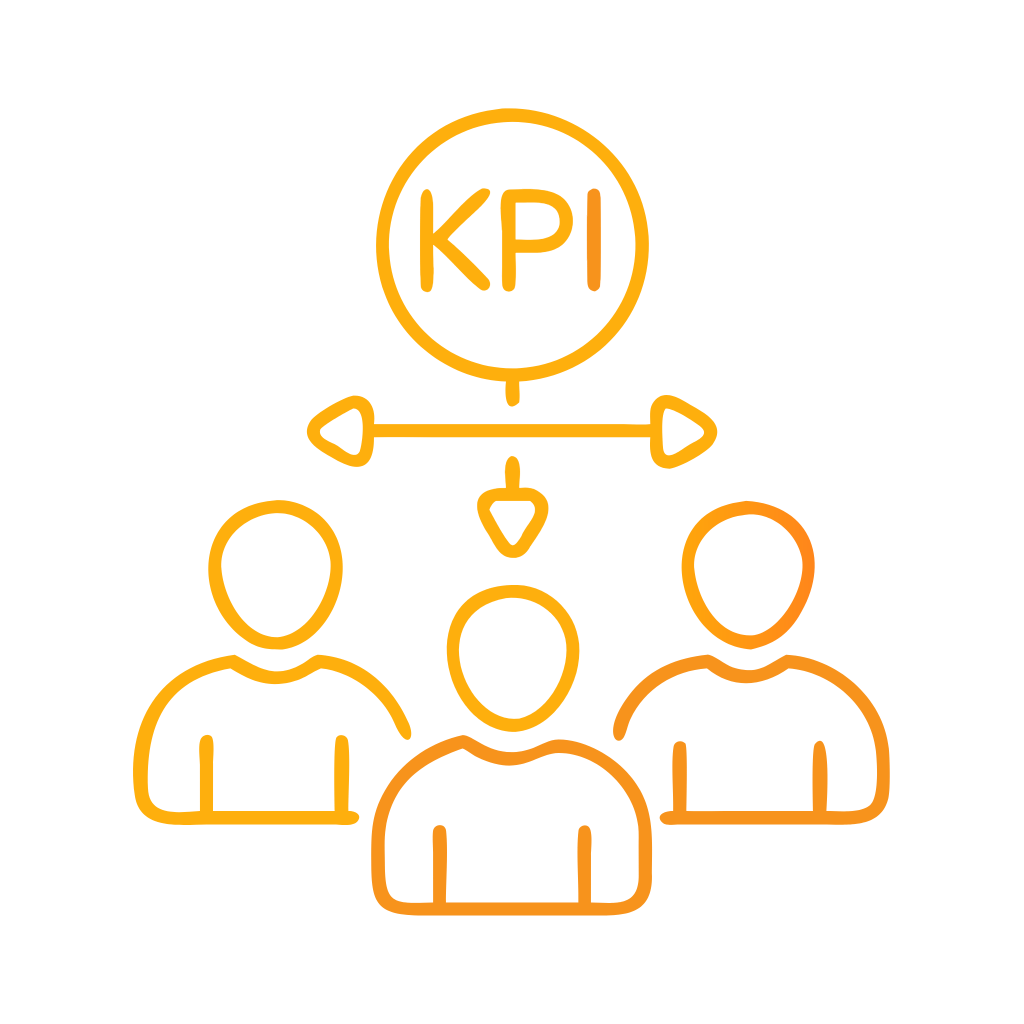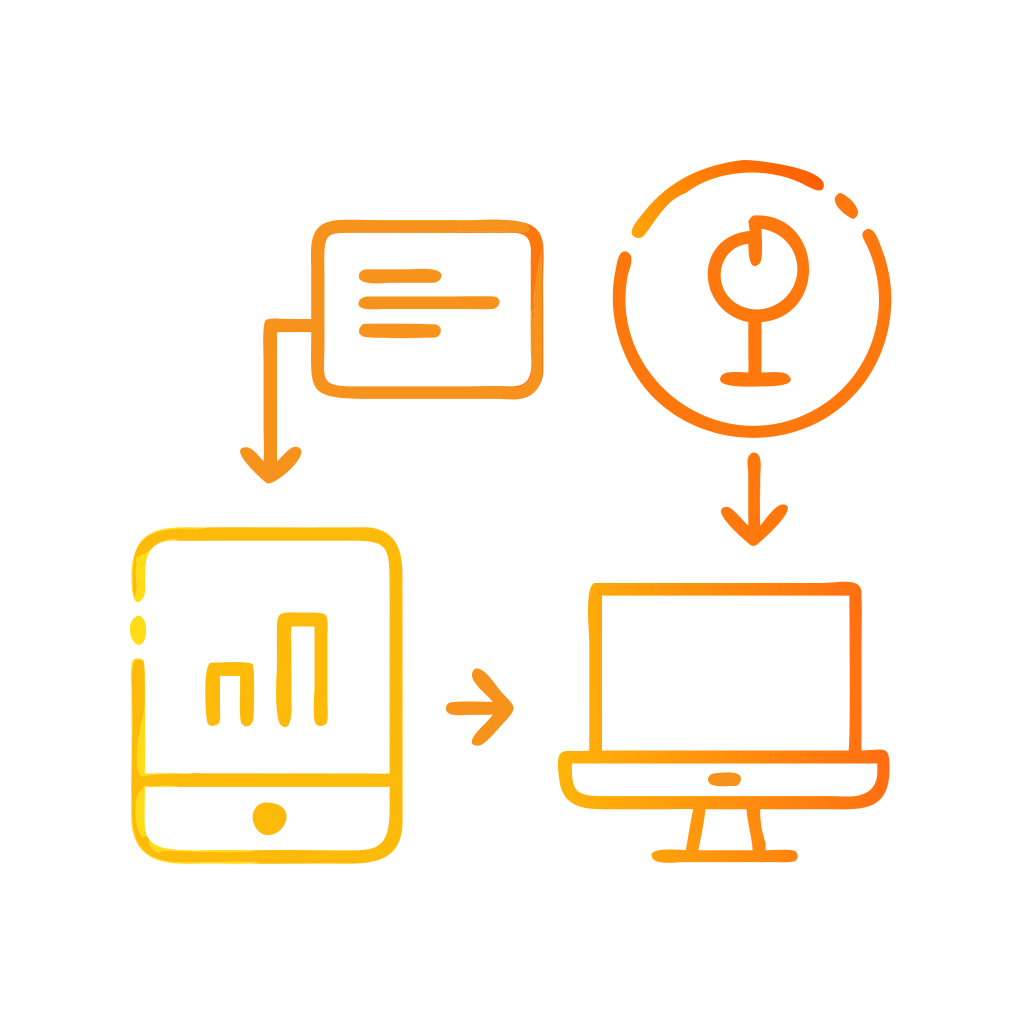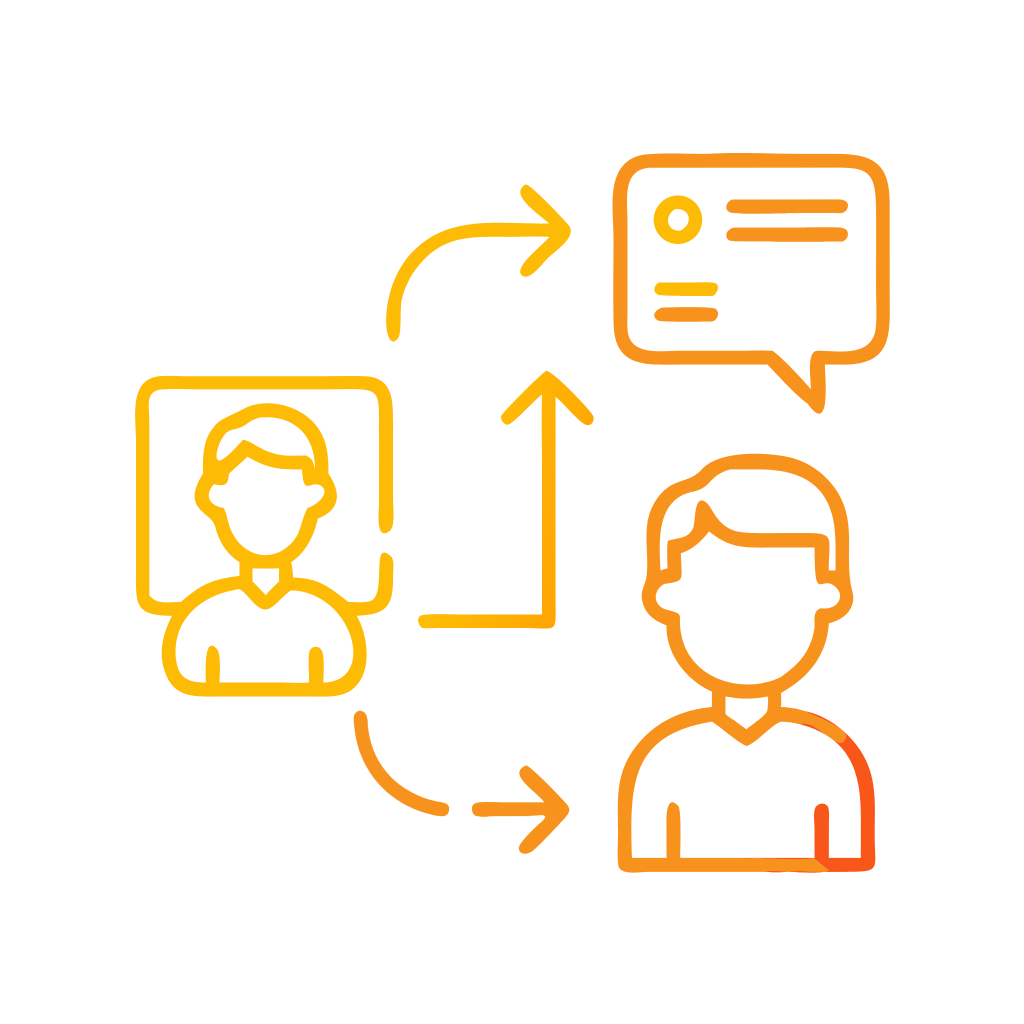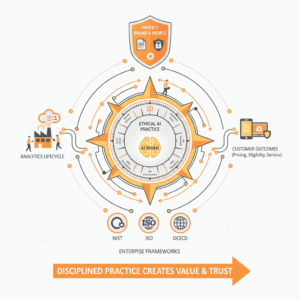Why do myths about “ethical AI” persist in customer analytics?
Leaders confront a noisy market where vendors promise fairness by default, privacy by design, and instant compliance. Teams then inherit systems that shape pricing, eligibility, and service without clear guardrails. This context breeds myths that confuse policy, inflate risk, and slow value creation. Ethical AI is not a slogan. Ethical AI is a disciplined practice that manages model risk, safeguards people, and protects the brand across the analytics lifecycle. Frameworks from NIST, ISO, and the OECD now define what that practice looks like for enterprise buyers and regulated entities.¹²³⁴
What is “ethical AI” in customer analytics, really?
Ethical AI in customer analytics means models that respect people, reduce harm, and serve legitimate business goals. In practical terms, this combines privacy compliance, transparency, fairness, security, and accountability with measurable controls. Global standards translate these principles into repeatable processes. The NIST AI Risk Management Framework defines a common vocabulary and a lifecycle for mapping, measuring, and managing AI risks.¹ The NIST Generative AI Profile extends this with concrete controls for data provenance, content safeguards, and incident response in GenAI scenarios.² ISO/IEC 23894 gives guidance to embed AI risk management into enterprise risk systems aligned with ISO 31000.³ The OECD AI Principles anchor these practices in values such as human rights, transparency, robustness, and accountability.⁴
Myth 1: “If it is accurate, it is fair.”
Accuracy does not guarantee fairness. A model can deliver high predictive accuracy and still distribute errors unevenly across groups, leading to discriminatory outcomes in pricing, collections, or service prioritisation. Ethical AI treats fairness as a multidimensional requirement measured with context-specific metrics, validated in deployment, and supported by governance. NIST frames fairness as one attribute of trustworthiness, alongside validity, reliability, safety, security, and explainability.¹ The UK ICO and GDPR rules restrict solely automated decisions that produce legal or similarly significant effects and require meaningful human involvement and transparency.⁵⁶
Fact: Fairness requires design choices, active monitoring, and human accountability at decision points. This includes periodic bias testing, cohort-level performance checks, and documented overrides for edge cases.¹⁵⁶
Myth 2: “Consent covers every use of customer data.”
Consent does not launder risk. Consent may be necessary, but it is not sufficient to justify profiling or automated decisions that significantly affect people. GDPR Article 22 grants individuals the right not to be subject to solely automated decisions that produce legal effects unless strict conditions and safeguards are met.⁵ The UK ICO clarifies that organizations must limit when they rely on fully automated decisions and must provide clear rights and explanations.⁶ In Australia, the OAIC’s guidance reminds entities that the Privacy Act applies to AI uses of personal information, including commercially available AI tools and generative models.⁷⁸
Fact: Lawful, fair, and transparent processing requires purpose limitation, proportionality, and clear notices. Privacy-by-design, data minimisation, and records of processing stand alongside consent and legitimate interests.⁷⁸
Myth 3: “Third-party AI products transfer the risk.”
Risk does not transfer by contract alone. When a business uses a vendor’s model to score customers, the business remains accountable for outcomes. The OAIC’s guidance stresses that Australian entities must assess privacy impacts before adopting commercially available AI products, and must ensure appropriate safeguards, contractual controls, and testing.⁷ The Australian Ombudsman’s better practice guide on automated decision making emphasises open, transparent practices and robust internal procedures under the Australian Privacy Principles.⁹
Fact: Buyers must conduct model due diligence, review training data provenance, validate performance on local cohorts, configure thresholds responsibly, and establish incident response for model failures.¹²⁷⁹
Myth 4: “Explainability solves trust on its own.”
Explanations help, but they do not replace outcomes that are fair, safe, and compliant. The NIST AI RMF treats explainability as one aspect of trustworthiness that must be balanced with privacy, security, and resilience.¹ ISO/IEC 23894 frames explainability within risk controls across the lifecycle, including context analysis, hazard identification, and continuous monitoring.³ Transparency requirements in GDPR and UK ICO guidance extend beyond explanations to cover rights, complaints handling, and human review.⁵⁶
Fact: Trust grows when organizations combine clear explanations with demonstrably fair processes, human oversight, and the ability to contest and correct decisions.¹³⁵⁶
Myth 5: “Ethics slows the business.”
Ethical AI accelerates growth by reducing rework, audit findings, and reputational damage. The ACCC’s Digital Platform Services Inquiry shows sustained regulatory attention on data, competition, and consumer protection, which raises the bar for due diligence.¹¹ The NIST frameworks and ISO guidance convert abstract risk into practical controls that speed approvals and unlock scale by standardising language and evidence.¹²³
Fact: Good governance shortens deployment cycles, enables reuse of validated components, and lowers the cost of assurance with repeatable documentation.¹²³
Where should leaders start to cut through the noise?
Leaders should use three anchors to align analytics, compliance, and product teams. First, adopt a reference framework to unify terminology. The NIST AI RMF is a robust starting point because it is risk-based and sector agnostic.¹ Second, embed privacy-by-design using OAIC guidance, with data minimisation, robust vendor assessments, and PIAs for AI initiatives.⁷⁸ Third, operationalise human-in-the-loop for significant decisions, aligned to GDPR Article 22 and ICO advice on automated decision making.⁵⁶ These anchors reduce policy debates and focus effort on controls that matter.
How do we operationalise ethical AI in day-to-day customer decisions?
Teams can implement a lightweight but defensible control plane mapped to the model lifecycle. During problem framing, document the business purpose, affected cohorts, potential harms, and legal basis.¹³ During data preparation, record data sources, consent status, and sensitive attributes handling, and apply minimisation.⁷ During model development, run fairness diagnostics on key cohorts and define acceptable error asymmetries for the use case.¹ During validation, test robustness to shifts, stress scenarios, and adversarial inputs.² During deployment, enable model cards in the model registry, capture approvals, and log explanations shown to users.¹ During monitoring, track drift, fairness metrics, and complaint signals, and trigger human review when thresholds are breached.¹³
What is changing in Australia that leaders should anticipate?
Australia is moving toward stronger transparency in automated decision making. The Privacy and Other Legislation Amendment Act 2024 will introduce new privacy policy requirements for entities that use automated decision making, scheduled to commence on 10 December 2026.¹⁰ The OAIC has issued targeted guidance for both buyers of AI products and developers of generative AI systems under the Privacy Act.⁷⁸ The Australian Ombudsman has published a better practice guide for automated decision making that reinforces openness and internal processes under the APPs.⁹ These developments align with global standards and provide a clear path for local governance teams to act now.
How do we debunk myths with concrete practices?
Organizations can translate principles into five practical commitments. Commit to human accountability by defining decision owners for high-impact use cases, in line with GDPR and ICO expectations.⁵⁶ Commit to privacy-by-design by running PIAs for AI-related changes and by documenting data retention and purpose limitation, as the OAIC advises.⁷⁸ Commit to fairness by monitoring cohort-level performance and investigating disparities with documented remediation plans.¹ Commit to transparency by delivering concise notices, intelligible explanations, and accessible appeal paths.⁵⁶ Commit to resilience by planning for model incidents, including rollback, communication, and customer rectification, as recommended in NIST’s generative AI profile.²
How do we know it is working?
Success shows up in outcome metrics, audit readiness, and customer trust. Leaders should track complaint resolution times, dispute rates for automated decisions, and fairness metrics across protected and vulnerable cohorts. They should evidence privacy compliance with current PIAs, training records, data maps, and vendor assessments aligned to OAIC guidance.⁷⁸ They should show control effectiveness through model registry completeness, sign-offs, monitoring dashboards, and incident postmortems mapped to NIST lifecycle functions.¹² When regulators publish new guidance, teams should review impact assessments and update policies within defined change windows.⁷⁹¹⁰
What is the payoff for C-level and CX leaders?
Ethical AI reduces friction for customers, reduces rework for teams, and reduces exposure for the enterprise. A shared framework aligns legal, risk, engineering, and CX around clear responsibilities. Consistent controls speed approvals and enable faster experimentation with lower downside risk. In competitive markets, this becomes a brand advantage. When customers receive clear notices, fair outcomes, and easy appeal paths, they engage more and churn less. When teams can explain decisions, prove oversight, and show improvement cycles, executives move from defensive posture to confident scale.
How do we turn this into a 90-day plan?
Leaders can secure traction with a focused sprint. Week 1 to 2, select and adopt the NIST AI RMF as the common language and catalogue current AI uses.¹ Week 3 to 6, stand up a model registry, run rapid PIAs for the top five use cases, and implement human review for high-impact decisions per GDPR Article 22 principles.⁵ Week 7 to 10, embed fairness and drift monitoring in production and train business owners to interpret alerts.¹ Week 11 to 13, publish updated privacy notices and AI explainers, aligning with OAIC guidance and upcoming Australian transparency obligations.⁷⁸¹⁰ This plan debunks myths with action and builds credibility with customers and regulators.
FAQ
How should a customer analytics team define “ethical AI” for executives?
Define ethical AI as a risk-managed approach to analytics that safeguards people and brand by combining privacy, fairness, transparency, security, and accountability, guided by NIST AI RMF, ISO/IEC 23894, and the OECD AI Principles.¹³⁴
What controls are required for automated decisions that significantly affect customers?
Implement meaningful human involvement, provide intelligible explanations, and offer appeal paths. Restrict fully automated decisions to lawful bases with safeguards, consistent with GDPR Article 22 and ICO guidance.⁵⁶
Which Australian resources should we follow for privacy and AI?
Use OAIC guidance for commercially available AI tools and for developing or training generative AI models. Align internal processes to the Australian Privacy Principles and the Ombudsman’s better practice guidance on automated decision making.⁷⁸⁹
Why should we adopt the NIST AI Risk Management Framework?
NIST AI RMF provides a common language and lifecycle controls that map risks to concrete actions and evidence, improving trustworthiness and speeding approvals.¹
What changes are coming for transparency in Australia?
The Privacy and Other Legislation Amendment Act 2024 introduces new transparency requirements for entities using automated decision making, commencing 10 December 2026. Update privacy policies and notices in advance.¹⁰
Which standards help with GenAI in customer service and marketing?
Use the NIST Generative AI Profile for controls on data provenance, content safeguards, and incident response, and pair it with ISO/IEC 23894 for lifecycle risk integration.²³
How do we measure success in ethical AI?
Track fairness metrics by cohort, complaint and dispute rates, time to resolve AI-related incidents, registry completeness, and PIA coverage. Map monitoring and incident learnings back to NIST lifecycle functions.¹²
Sources
-
Artificial Intelligence Risk Management Framework (AI RMF 1.0) — NIST, 2023, U.S. National Institute of Standards and Technology. https://nvlpubs.nist.gov/nistpubs/ai/nist.ai.100-1.pdf
-
Generative AI Profile for the NIST AI Risk Management Framework — NIST, 2024, U.S. National Institute of Standards and Technology. https://nvlpubs.nist.gov/nistpubs/ai/NIST.AI.600-1.pdf
-
ISO/IEC 23894:2023 — Artificial intelligence — Guidance on risk management — ISO/IEC, 2023, International Organization for Standardization. https://cdn.standards.iteh.ai/samples/77304/cb803ee4e9624430a5db177459158b24/ISO-IEC-23894-2023.pdf
-
OECD AI Principles — OECD, 2019, Organisation for Economic Co-operation and Development. https://oecd.ai/en/ai-principles
-
GDPR Article 22 — Automated individual decision-making, including profiling — European Union, 2016, General Data Protection Regulation. https://gdpr-info.eu/art-22-gdpr/
-
What does the UK GDPR say about automated decision-making and profiling? — ICO, 2023, UK Information Commissioner’s Office. https://ico.org.uk/for-organisations/uk-gdpr-guidance-and-resources/individual-rights/automated-decision-making-and-profiling/what-does-the-uk-gdpr-say-about-automated-decision-making-and-profiling/
-
Guidance on privacy and the use of commercially available AI products — OAIC, 2024, Office of the Australian Information Commissioner. https://www.oaic.gov.au/privacy/privacy-guidance-for-organisations-and-government-agencies/guidance-on-privacy-and-the-use-of-commercially-available-ai-products
-
Guidance on privacy and developing and training generative AI models — OAIC, 2024, Office of the Australian Information Commissioner. https://www.oaic.gov.au/privacy/privacy-guidance-for-organisations-and-government-agencies/guidance-on-privacy-and-developing-and-training-generative-ai-models
-
Automated Decision-Making — Better Practice Guide — Commonwealth Ombudsman, 2025, Government of Australia. https://www.ombudsman.gov.au/__data/assets/pdf_file/0025/317437/Automated-Decision-Making-Better-Practice-Guide-March-2025.pdf
-
Practical implications of the new transparency requirements for automated decision-making — Johnson Winter Slattery, 2025, Legal Insight. https://jws.com.au/what-we-think/practical-implications-of-new-transparency-requirements-for-automated-decision-making/
-
Digital platform services inquiry 2020–25 — ACCC, 2023, Australian Competition and Consumer Commission. https://www.accc.gov.au/inquiries-and-consultations/finalised-inquiries/digital-platform-services-inquiry-2020-25
